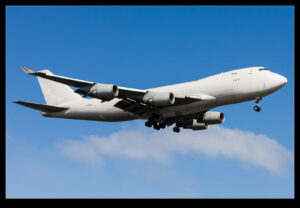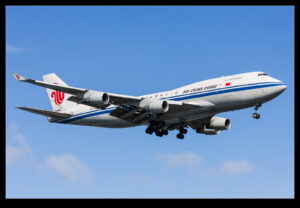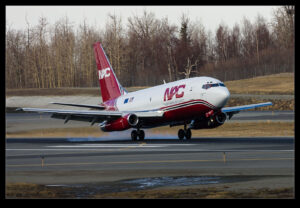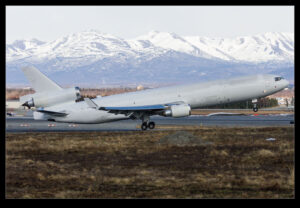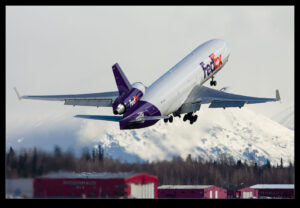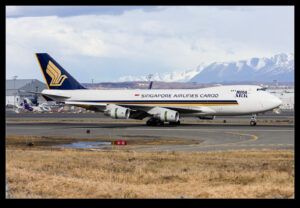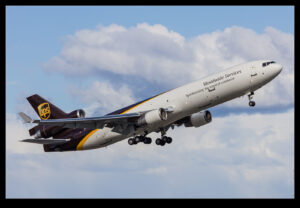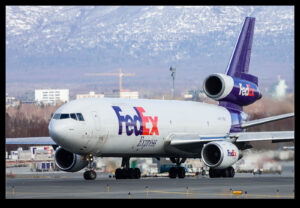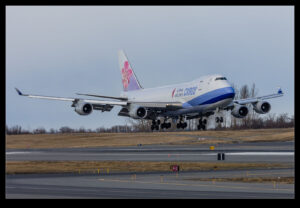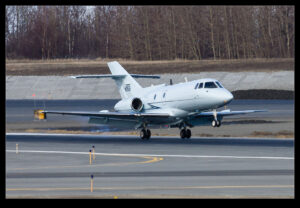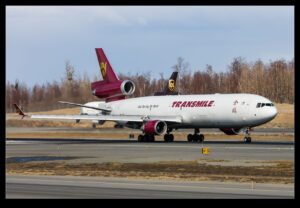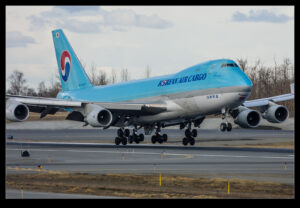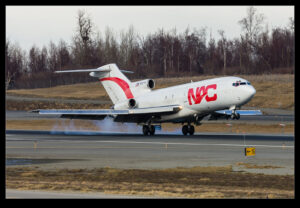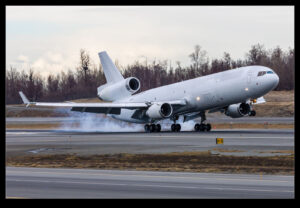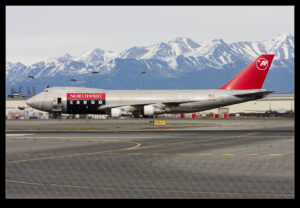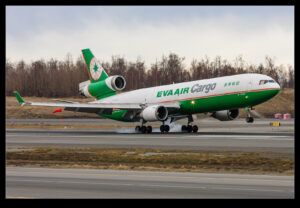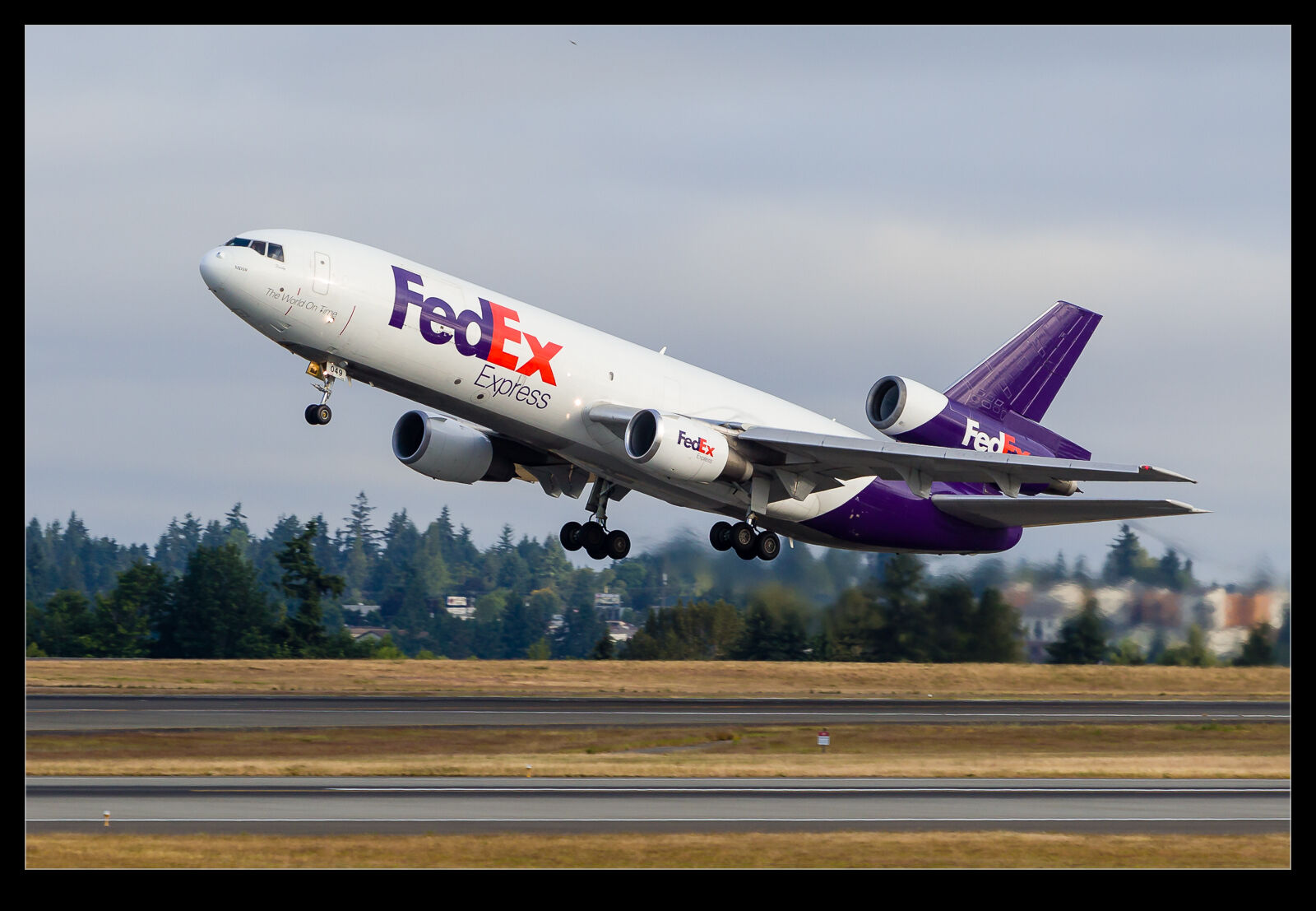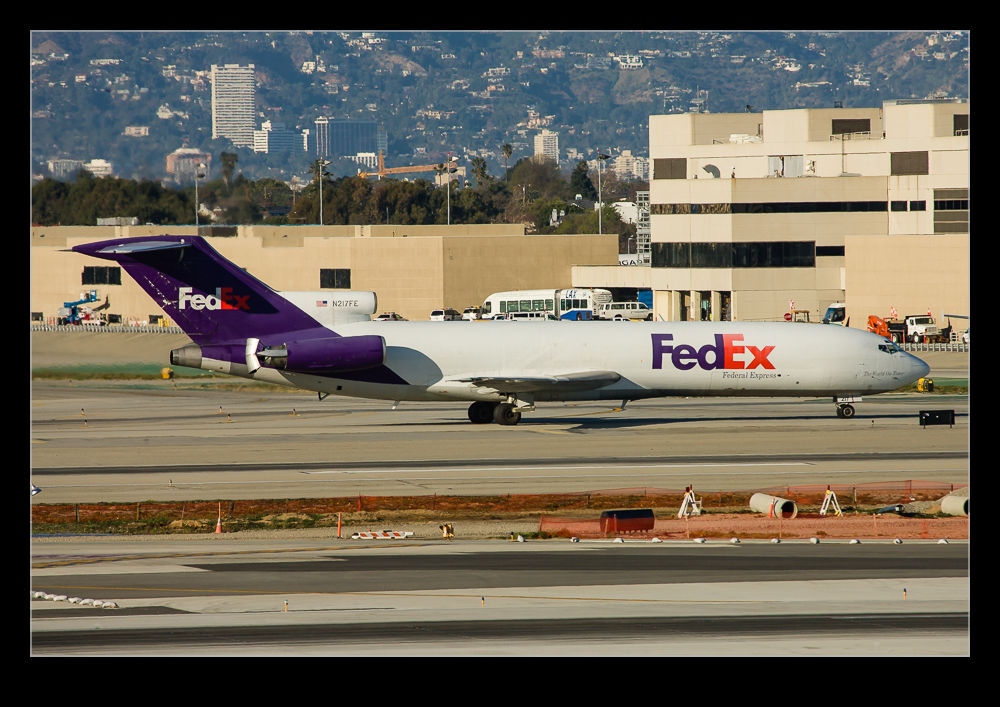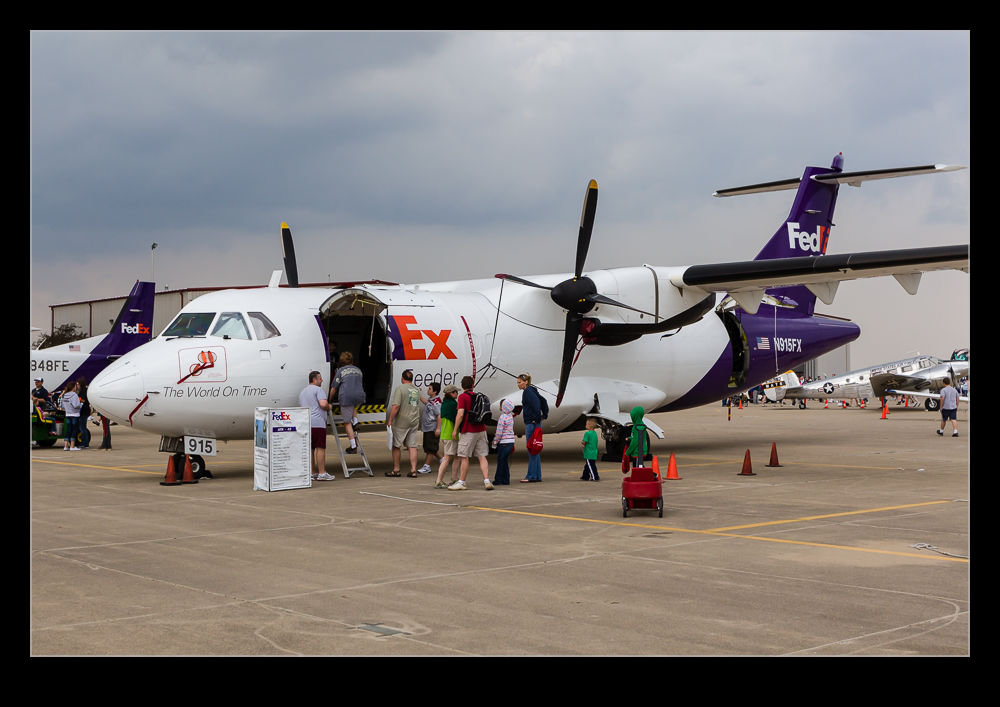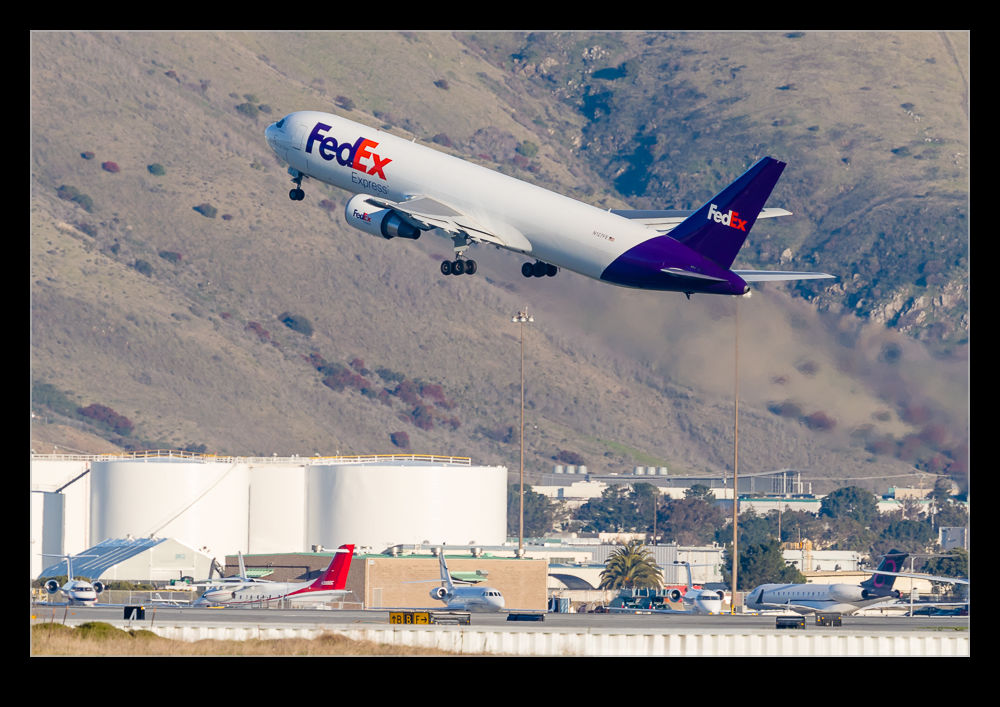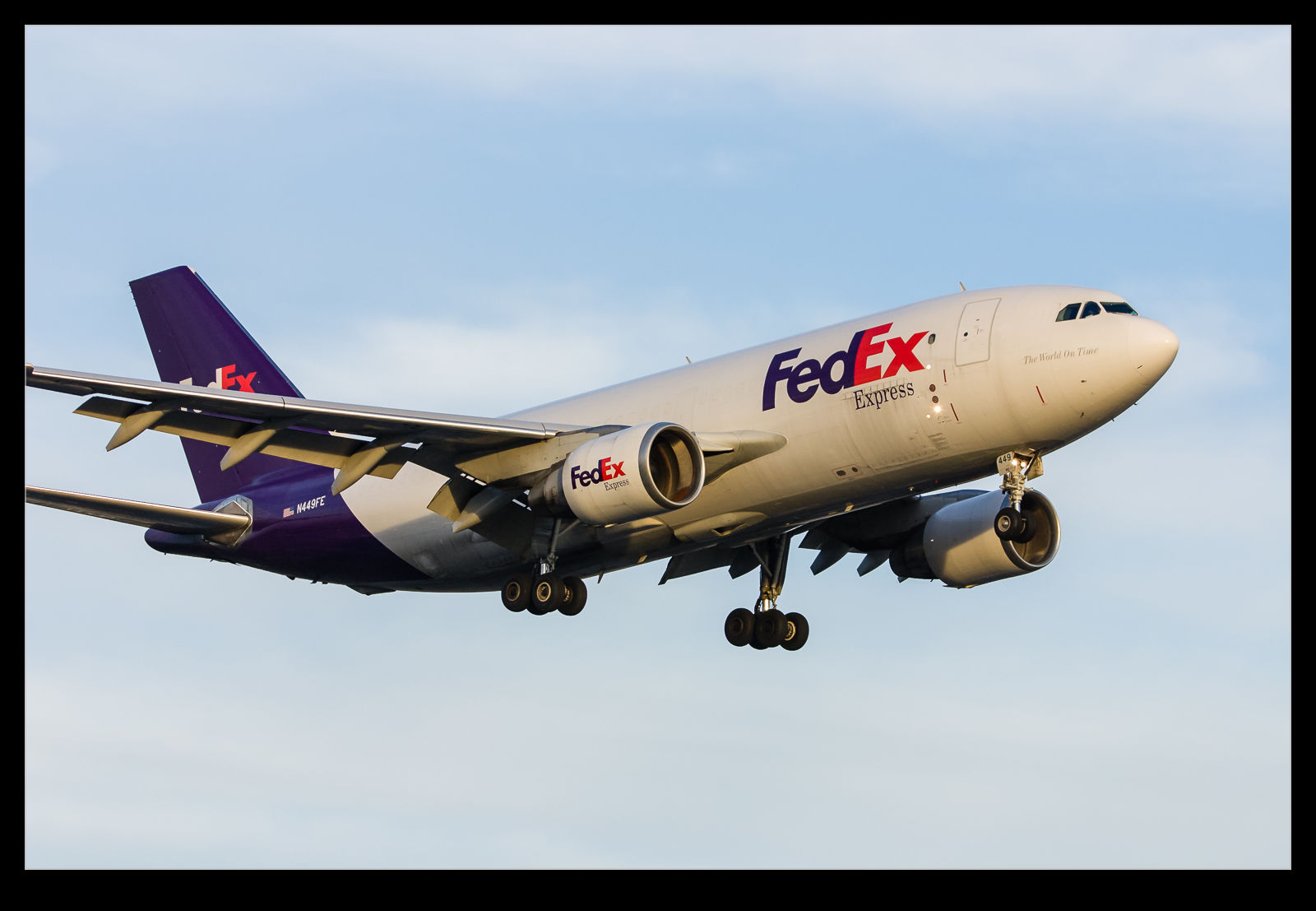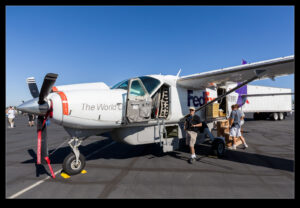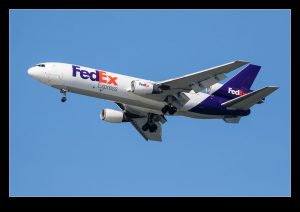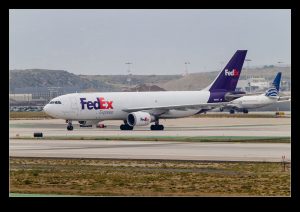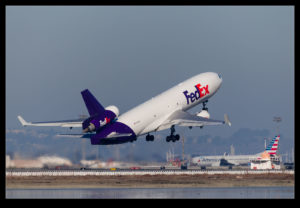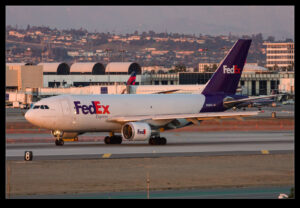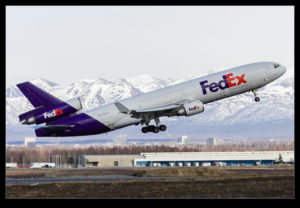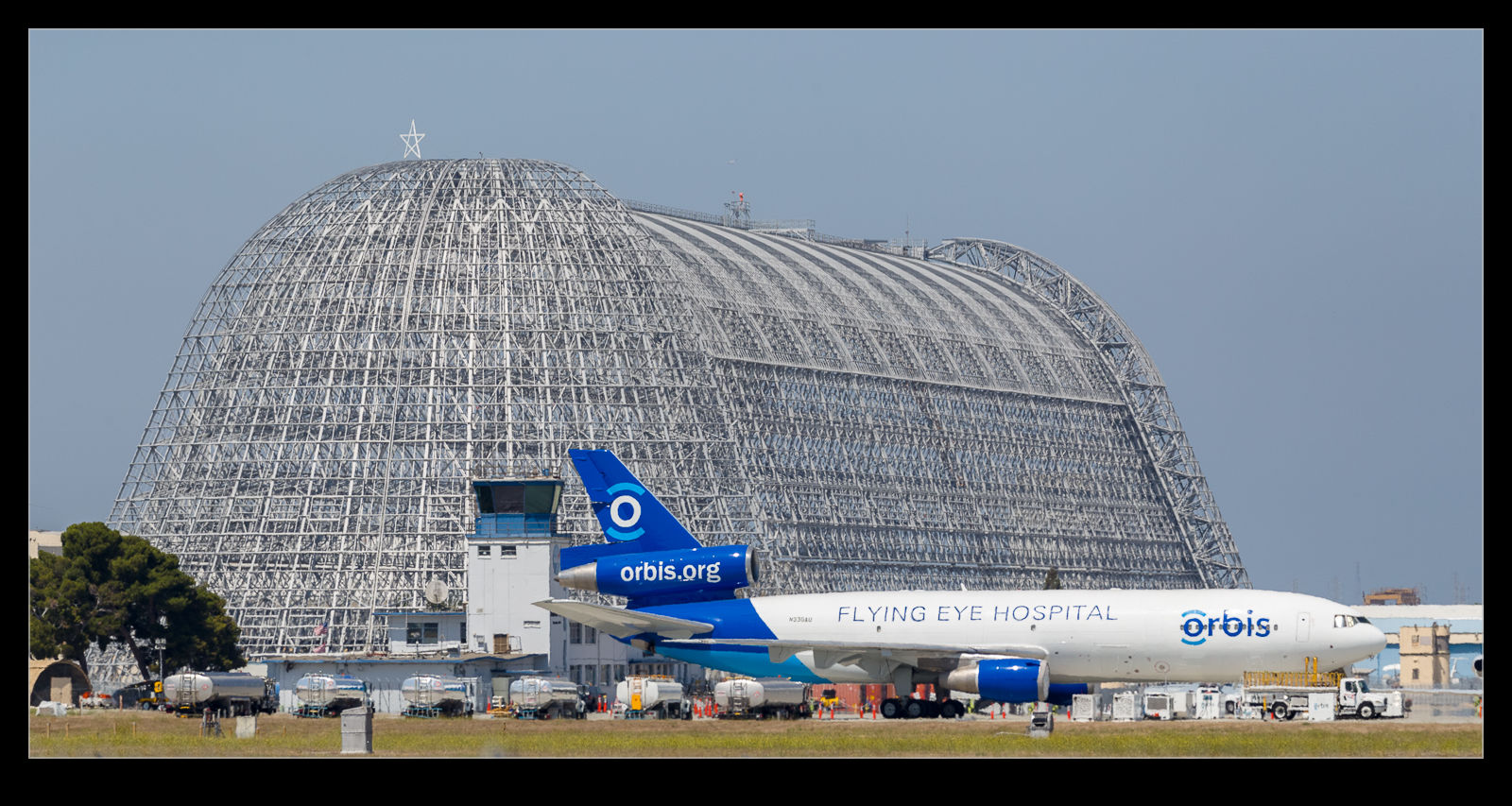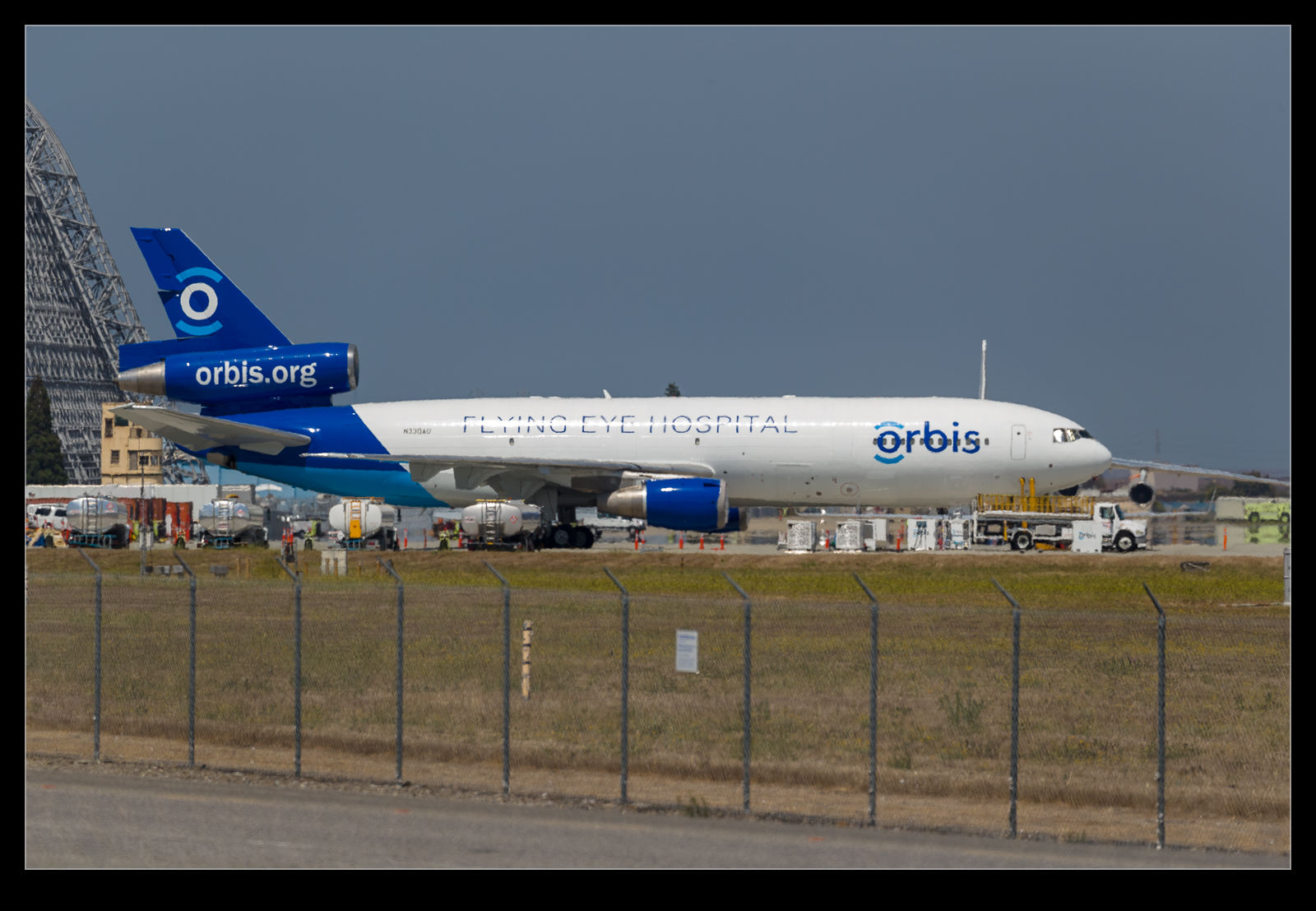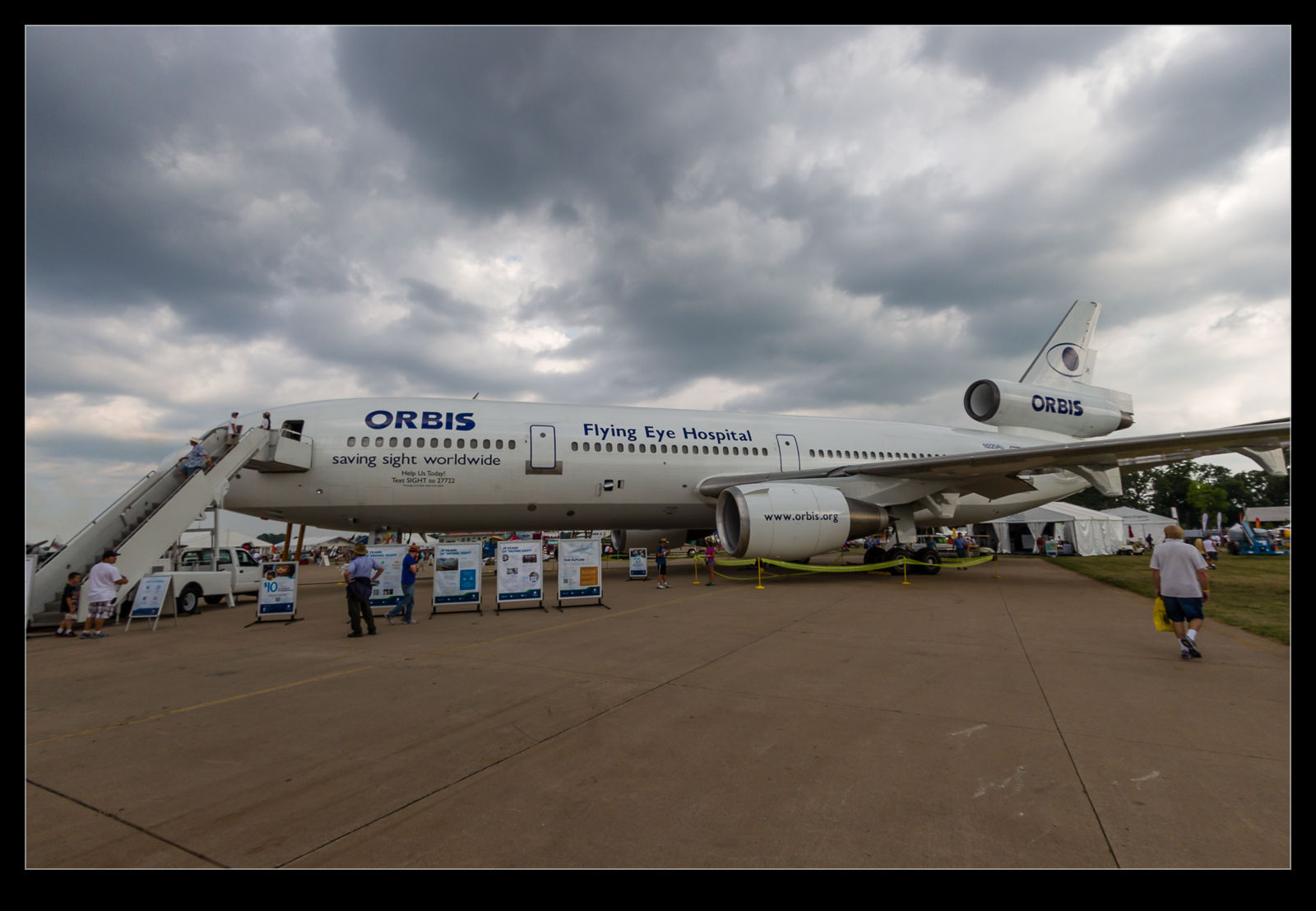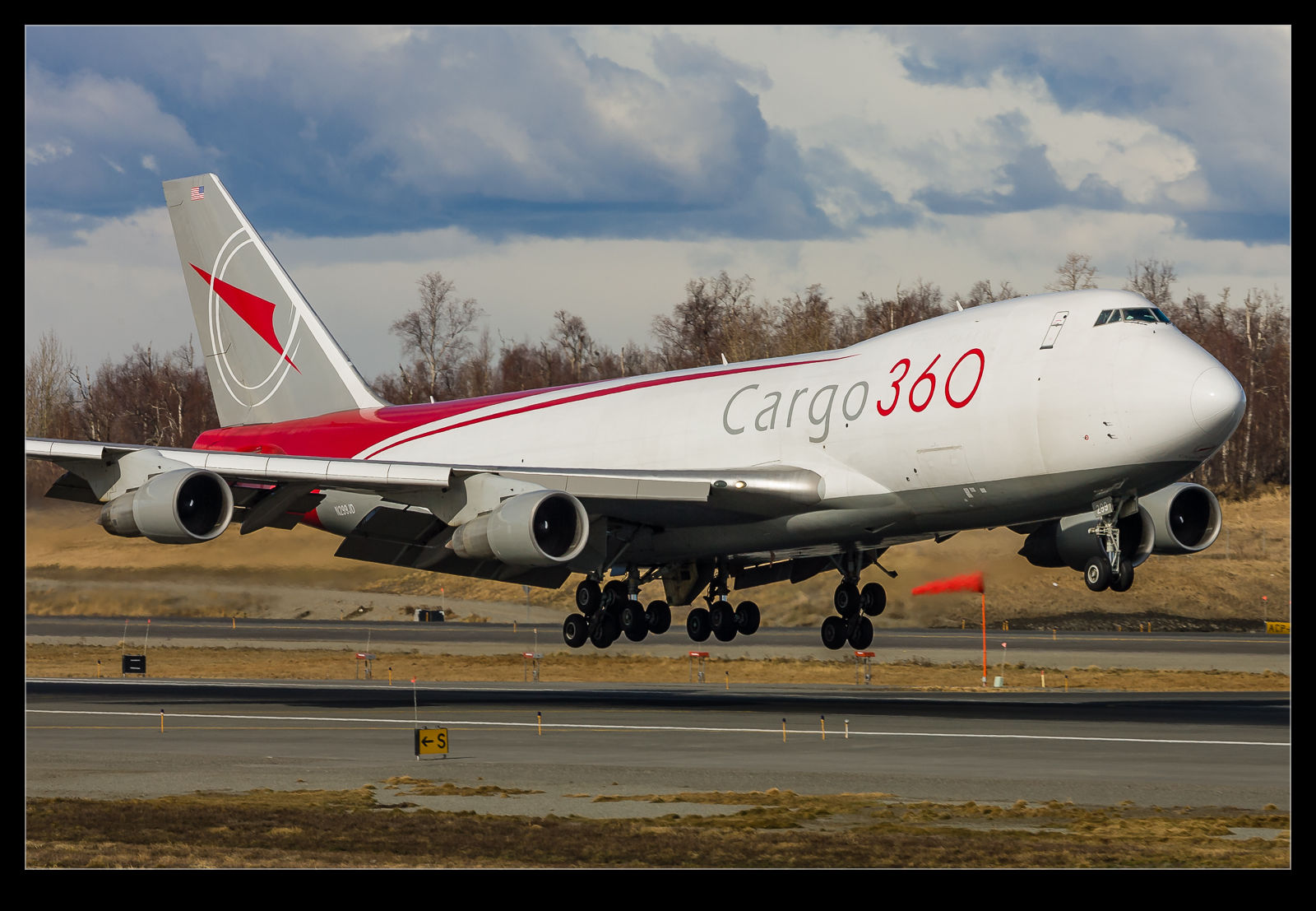 A step back in time to the mid 2000s. I had a work trip to Anchorage having been invited up by a potential client to discuss their business. We lived in Chicago at the time and I needed to fly to Seattle to connect to Anchorage. (Interestingly, the return leg was possible to make direct overnight.). I had not expected Anchorage airport to be too much. I knew, even then, that it was a hub for freight traffic across the Pacific but I did not think it would be that busy.
A step back in time to the mid 2000s. I had a work trip to Anchorage having been invited up by a potential client to discuss their business. We lived in Chicago at the time and I needed to fly to Seattle to connect to Anchorage. (Interestingly, the return leg was possible to make direct overnight.). I had not expected Anchorage airport to be too much. I knew, even then, that it was a hub for freight traffic across the Pacific but I did not think it would be that busy.
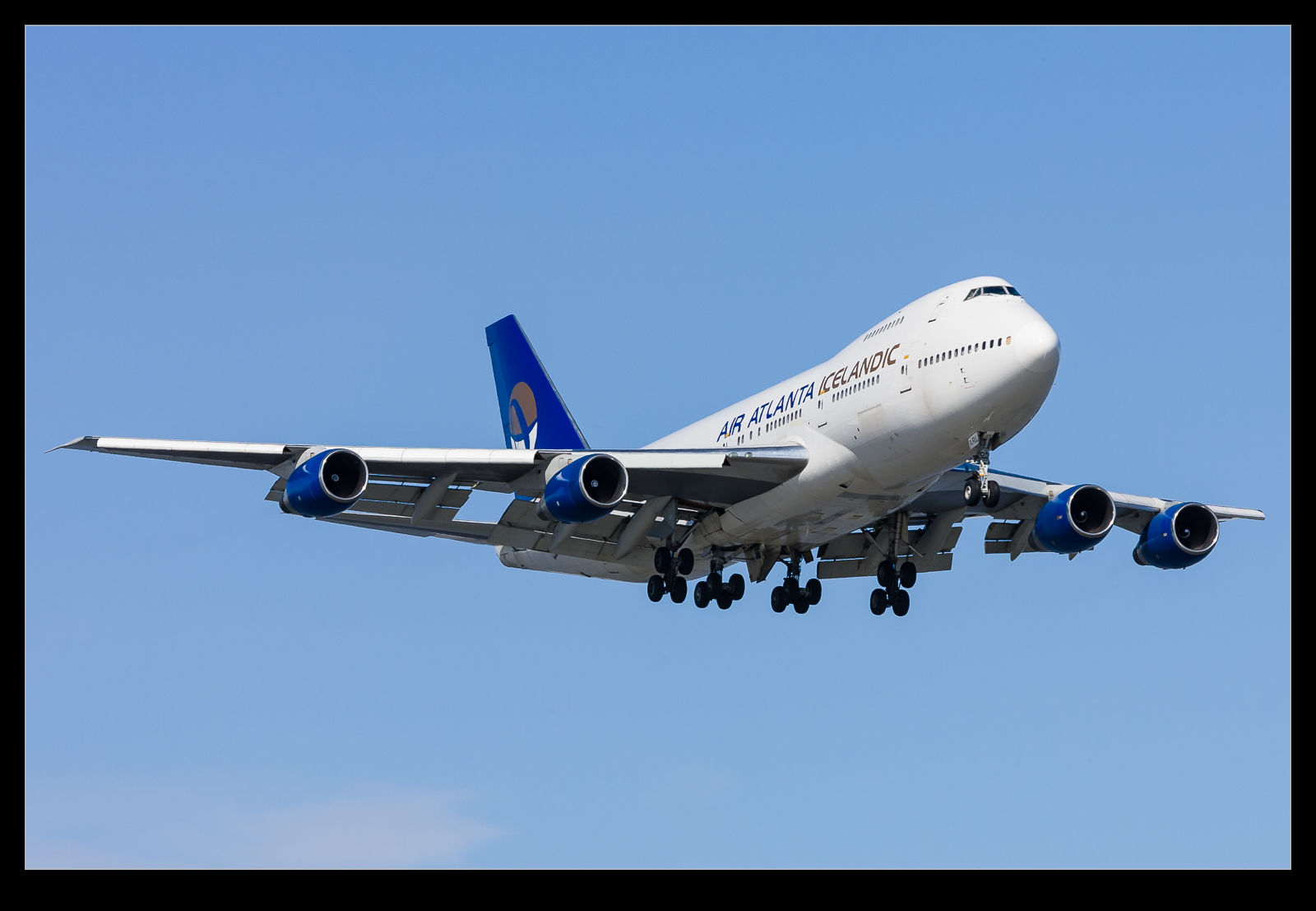 When we landed and I walked down the jet bridge, I looked out of the window to see rows of 747s, MD-11s and DC-10s. It was quite an eye-opener to see just how many large jets were laying over there. There was a steady stream of movements too. These planes were not just waiting around for business. The airport downtown was another reminder with everyone I spoke to in the bar being a crew on layover.
When we landed and I walked down the jet bridge, I looked out of the window to see rows of 747s, MD-11s and DC-10s. It was quite an eye-opener to see just how many large jets were laying over there. There was a steady stream of movements too. These planes were not just waiting around for business. The airport downtown was another reminder with everyone I spoke to in the bar being a crew on layover.
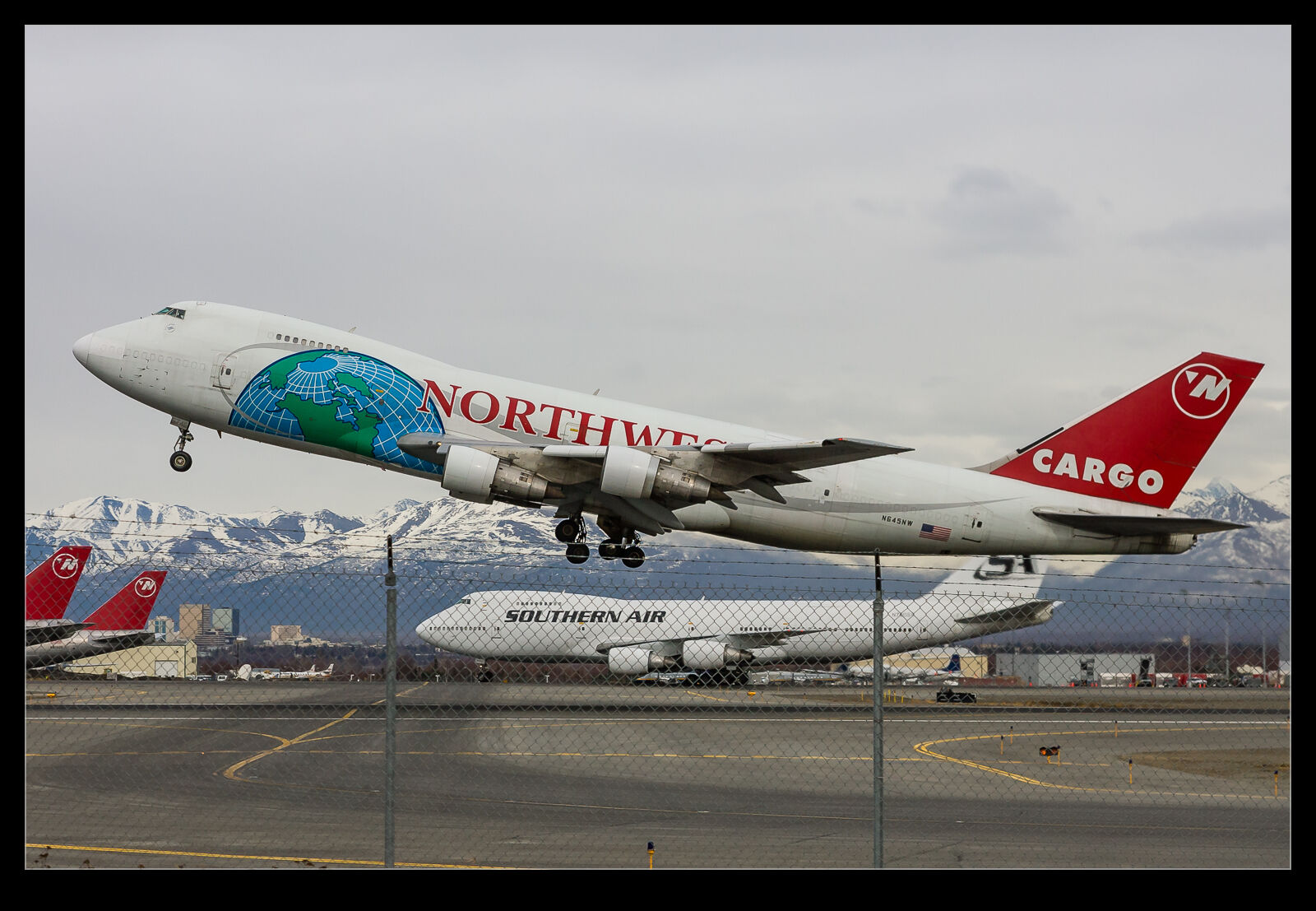 The meetings went well but didn’t lead to anything. The timing of the trips meant I had some time to kill so I spent a bit of time out at the airport watching the arrivals and departures. There were the unusual locals that Alaska is known for and the props will definitely be worth a separate post. For this one I shall share the jets that came and went. Many of these are types or operators that have ceased to be. It was a great thing to see and I’m glad I got the chance to be there, however briefly. A specific trip up is something I would like to try and do at some point. All those Alaska Airlines points have got to be worth something!
The meetings went well but didn’t lead to anything. The timing of the trips meant I had some time to kill so I spent a bit of time out at the airport watching the arrivals and departures. There were the unusual locals that Alaska is known for and the props will definitely be worth a separate post. For this one I shall share the jets that came and went. Many of these are types or operators that have ceased to be. It was a great thing to see and I’m glad I got the chance to be there, however briefly. A specific trip up is something I would like to try and do at some point. All those Alaska Airlines points have got to be worth something!
